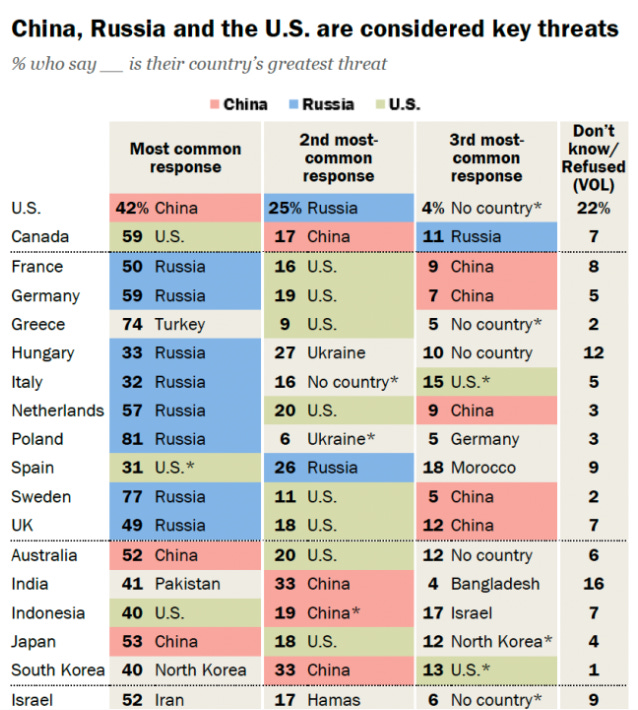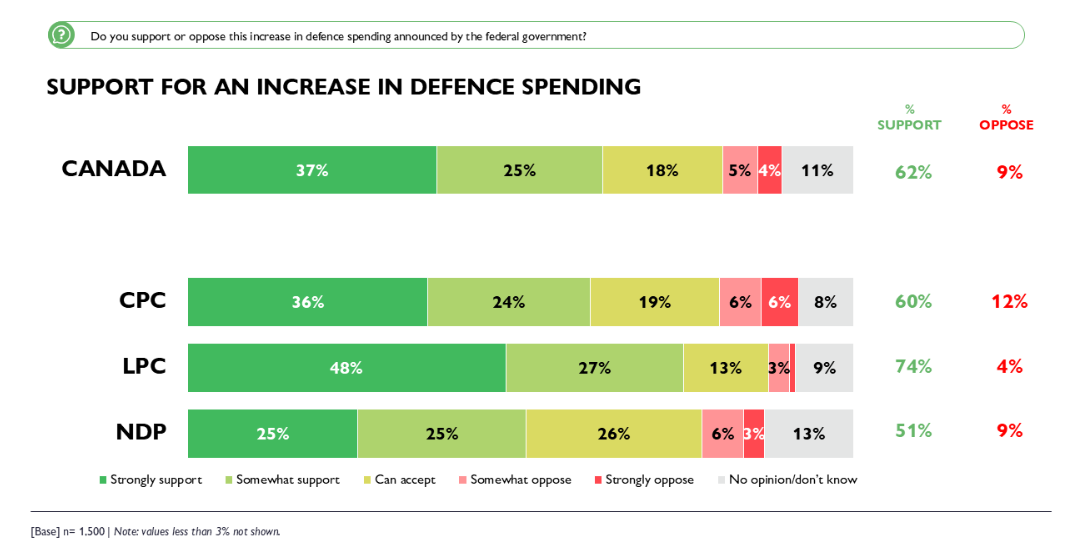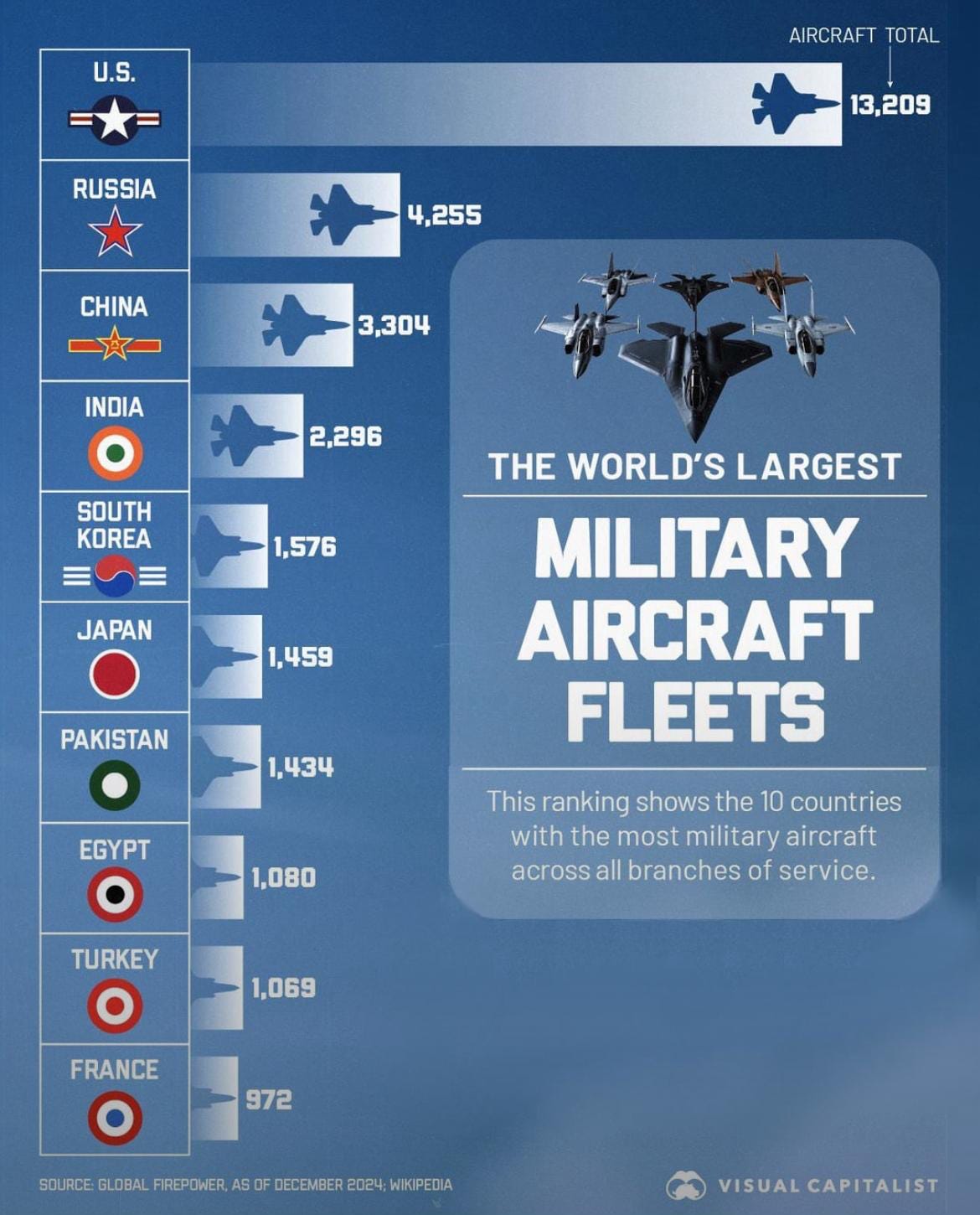Boycotts, Binoculars, and Supply Chains
Mapping Canada's private sector defence capacity
It has been just over a month since The Icebreaker emerged from stealth mode, with our mission to make Canada a net exporter of defence tech by 2030.
Since then, we’ve established the 0600 SITREP as the go-to source for defence tech news; stood up Canada’s first defence tech hackathon to inject urgency at the grassroots level and develop talent; launched the definitive Defence Power 50 List to share stories of the Canadians building the future; hosted 3 curated national networking events for founders and funders; and deployed a first-of-its-kind industry survey to help DND map Canada’s private sector defence capacity.
A big thanks to you; to the organizations we’ve partnered with including NordSpace, CCI and Build Canada; and to the thousands of Canadians who’ve joined the mission.
🎯 Three-Shot Burst
Sorry, not sorry: boycotts, binoculars, and supply chains
This week, President Trump threatened new across-the-board tariffs of 35% on all Canadian goods. We are only ten days away from the Carney/Trump deadline to reach a new economic pact — a date that Canada’s former ambassador to the US says is unrealistic.
Taking a toll: Trump’s agitating has taken a toll on Canadian perceptions of the US. Canadians are voting with our wallets, as the trade war fuels a prolonged boycott of U.S. goods and travel. In a recent survey, Canadians overwhelmingly named the US as the greatest threat to our country — ahead of China and Russia:
Double vision: As the trade drama unfolds, a new defence contract for night vision binoculars valued at $100M is set to favour a U.S. supplier, despite the PM’s promise to diversify. A competing company says the request includes a technical requirement that favours one American firm, at the exclusion of all others.
Canada’s ambitious strategy to turn to the European Union to wean itself off American dependency for military equipment could be difficult to deliver and result in political fallout in the form of an agitated President Trump, warn former defence and security officials in a new report. Currently, American defence companies manufacture nearly 75 per cent of the weapons and tools the Canadian military uses.
Bottom line: Our defence procurement and sourcing isn’t just a habit, it is hardwired by a number of structural conditions, including policy direction to work interoperably with allied (primarily US) forces, longtime relationships such as NORAD, and technical requirements that favour US suppliers.
If the conditions don't change, our sourcing patterns aren’t likely to either. Until we overhaul the structural rules of the game, every so-called pivot will land us right back with US defence suppliers.
Related:
Success of Canada-Europe defence pact uncertain, former government officials warn
📋 Procurement Update
Buy Canadian — but first, find the sellers
A national survey reveals an increase in Canadians’ positive impressions of the Canadian Armed Forces, alongside growing trust in their ability to defend the country. There is also strong public support for the government’s commitment to increased defence spending.
So where will we spend all this new money?…
Alongside the Council of Canadian Innovators (CCI), we are launching an initiative to map the Canadian dual-use technology ecosystem:
Canada is ramping up military spending to meet NATO targets. This is an enormous opportunity to propel the growth of our domestic tech sector through defence procurement.
Canada’s innovators are building world-class technologies. But too often, they fly under the government’s radar — we are often told that Canadian companies don’t have the necessary capacity to meet Canada’s defence needs, like $100M worth of the aforementioned binoculars.
The Department of National Defence (DND) and Canadian Armed Forces (CAF) want to change that, and it begins with mapping our private sector defence capacity.
Our first-of-its-kind industry survey, in partnership with the Council of Canadian Innovators (CCI), is your chance to put your company’s products and services on the government’s radar.
The federal government has asked CCI to build a market map of Canadian companies that can help serve Canada’s defence needs. The Icebreaker is pleased to formally partner with CCI to build this database of Canada’s strategic defence capabilities.
By sharing your insights, you’ll help us map the Canadian dual-use tech ecosystem and unlock new opportunities for collaboration, funding, and national impact.
If your company has technology that could be used in defence, please take 5 minutes to fill out the survey:
CCI and The Icebreaker will be sharing the information collected with the Government of Canada.
💾 Canada’s first Defence Tech Hackathon
September 20 in Toronto
The Icebreaker, in partnership with Build Canada and NordSpace, is excited to host Canada’s first defence tech hackathon.
The Defence Tech Hackathon is a catalyst to jumpstart a world-class ecosystem that builds sovereign capability in Canada. Our goal is to attract top talent, rapidly prototype real-world solutions, and bridge the gap between innovators and military end-users.
By forging new startups, building critical networks, and injecting a sense of urgency into defence innovation, this hackathon lays the foundation for Canada to compete and win on the global stage. We aim to advance the grassroots spirit of current and soon-to-be defence tech entrepreneurs.
We are still finalizing details, but here is what we know so far:
We will aim to rapidly prototype dual-use tech that solves real operational gaps for the Canadian Armed Forces
We are considering a challenge for a prototype platform that ingests multi-modal sensor feeds (satellite, UAV, radar, acoustic, etc.) and fuses them for real-time Arctic domain awareness
If you’re a software engineer who is defence-curious, this could be for you. We are looking for folks with domain expertise/experience in one or more of: defence, dual use tech (software and technology that can be used for both civilian and military applications), or Arctic operations; or who have any prior experience with multi-modal sensor fusion and real-time data platforms
🗺️ Expanding the battlefield
Everything is defence now
Canada’s new 5% of GDP commitment to defence is a little more digestible when the number is broken down. It includes 3.5% for core defence spending - this is everything from weapons systems to mobility to infrastructure to pay for members of the Canadian Armed Forces. The additional 1.5% is intended for spending on defence-adjacent priorities and infrastructure. This should include ports, critical minerals, earth observation and other investments in cybersecurity, innovation, and Arctic sovereignty.
Getting creative: This week’s move by the Pentagon opens the aperture on what modern defence spending may look like. The US DoD is investing $400M into MP Materials, becoming its largest shareholder. Why? Because MP owns the only operational rare earth mine in the U.S. The U.S. was almost entirely dependent on foreign countries for rare earths in 2023, with China representing about 70% of imports.
Related:
Top CEOs Want Canada to Build a Strategic Minerals Reserve for Defence
How can NATO allies meet rising military energy demands while staying resilient and secure?
China wields rare earths leverage in Myanmar’s civil war
⚔️ Combat Readiness
Asymmetric Warfare
The co-founders of Calgary-based North Vector Dynamics with an op-ed on why Canada must stop stigmatizing defence work and instead treat it like aerospace, energy or AI – a complex, dual-use sector where Canada can lead, not lag:
“Canada has spent the better part of 50 years moralizing itself out of national capability. We don’t just lack a defence sector. We lack a public vocabulary for why defence matters. We treat military capacity as something to be minimized, outsourced or tiptoed around – even as we enjoy the benefits of alliance protection, secure trade routes and global market access.”
That cultural aversion shows up everywhere. Our procurement system avoids risk. Our investors avoid the sector entirely – most Canadian venture capitalists won’t even look at defence tech. Our universities treat defence partnerships like reputational liabilities. And even with a 5-per-cent commitment, the vision behind it remains unfinished.
Bottom line: Defence spending at this scale is not just a military act, it’s an industrial policy, a demographic strategy and a national development program. It creates long-horizon demand for complex systems. It anchors clusters of manufacturing hubs, supply chains and applied R&D. It builds technical skills across the trades, engineering and IT. And it generates exportable technologies that drive value far beyond defence.
In short, defence is the tool other countries use to solve the very problems we keep saying we want to fix: low productivity, skills shortages, shallow industrial clusters and limited IP retention. Defence is nation building.
Related:
Growth engine: Oliver Wyman with a report on how the UK can turn defence spending into a powerful economic growth driver
Four steps: US Commander Adam Stein, the Future Ships and Digital Transformation branch head for the Navy's Surface Warfare directorate, wants new entrants to enter the US defence industrial base
🍁 Canada’s Inaugural Defence Power 50 List
The Icebreaker is excited to announce the opening of nominations for Canada’s inaugural Defence Power 50 List. The list will recognize the most influential leaders and up-and-comers in the defence community who are critical to making the changes Canada needs.
The selection of this inaugural 2025 list is co-chaired by Erin O'Toole, Glenn Cowan, Philippe Lagassé, Sheldon McCormick, and Eliot Pence.
Bottom Line: Nominate someone we should know about today!
🔫 Hot Shots
Double up: An overview of the growing defence VC community in Europe, which has doubled in size over the past 18 months… Paladin Capital Group shares its thesis for navigating early-stage opportunities at the intersection of national security and venture capital
Top of the table: Silicon Valley Defense Group (SVDG) has released its annual NATSEC100 — a list of top venture-backed, dual-use defence tech startups. In terms of funders, this marks In-Q-Tel’s third consecutive year leading the investor list… Earlier this week, longtime In-Q-Tel EVP of Investments George Hoyem joined the Investment Committee of its ONE9 Ventures, the Canadian defence and security VC
Additive manufacturing: In-Q-Tel recently named San Diego’s Firestorm Labs as the top innovator at its 12th annual discovery event, hosted with Silicon Valley Bank. Even at peak output, the US is nowhere close to the “multiple thousands” of drones the DoD calls for, and the problem is siloed manufacturing. Firestorm, which aims to change that, is led by friend of the newsletter Dan Magy
Operation pennywise: Defence expected to find operational savings even as its budget balloons
Due diligence: UK says City firms should review their due diligence exclusions relating to defence to help unlock new approaches to financing and investment
Rising sun: Japan and Canada ink key intel-sharing deal
To the moon: NordSpace and ProtoSpace represent a growing push to establish a domestic space industry in Canada that supports its own launch infrastructure, source manufacturing and orbital launch capability
Transparency: How defence techs are deciding who to sell to
Fifteen minutes: Quebec software firm OVA is helping the Canadian Forces School of Aerospace Technology and Engineering (CFSATE) with its next-generation training journey using VR. A traditional full-day of training is now delivered in just 15 minutes, without sacrificing depth or rigour
Mission matters: A podcast episode on the role of cutting edge technology like cybersecurity, drones, and AI in the Israel-Iran conflict:
Asymmetric: The In-Q-Tel podcast explores aysmmetric deterrence, a strategic approach in modern defence that emphasizes quantity, innovation, and resilience over traditional firepower:
Long-range: A detailed summary of recent drone-warfare developments in Ukraine:
Smash: One Ukrainian drone keeps hitting Russia’s top war factories—so Germany’s paying for 500 more
Evasive maneuvers: The Shahed-136 MS001 drone identifies targets, selects the highest-value one, adjusts its trajectory, and adapts to changes — even in the face of GPS jamming or target maneuvers
Knock knock, Houthis there: China has stressed the principle of non-interference as a key tenet of its foreign policy. However, this has at times drawn criticism, in particular when it comes to the provision (either directly or indirectly) of dual-use components for lethal weapons used by non-state armed groups such as the Houthis:
Apropos of nothing, we found this graphic interesting:
🤝 Meet the Defence Tech Community
The Icebreaker is hosting another meetup, this time on the West Coast
Defence Tech Patio Drop In, August 14 in Victoria, B.C.: Sign up here to join VCs, founders, operators, defence primes, and the defence-curious, over a few cold beers on a sunny patio.
If you’ve got battlefield intel, classified tips, or just want to call in an airstrike on our typos, hit “reply” and sound off. Whether it’s a new tech sighting, a rumour from the mess hall, or feedback on our comms, we want your SITREP.










